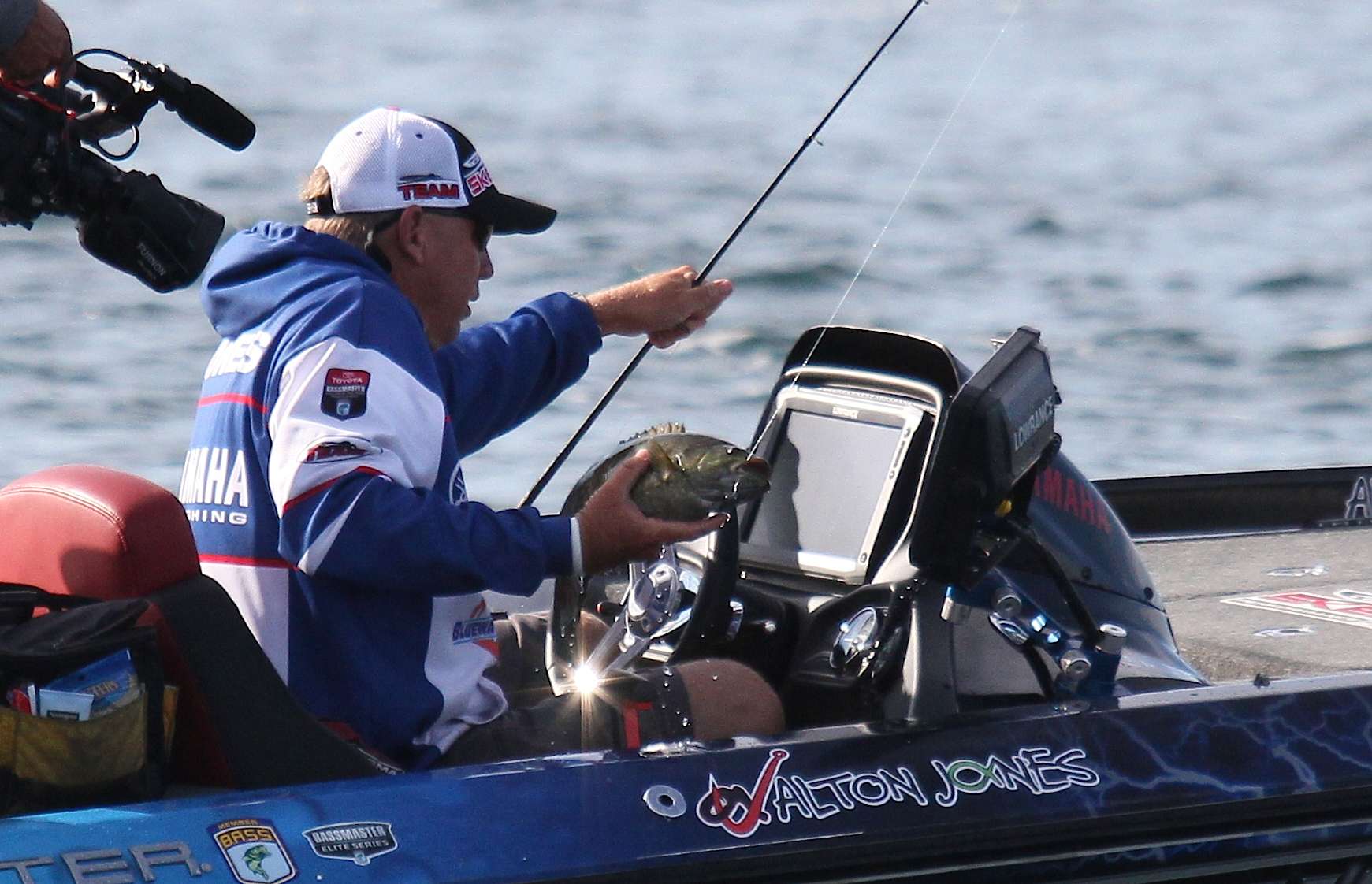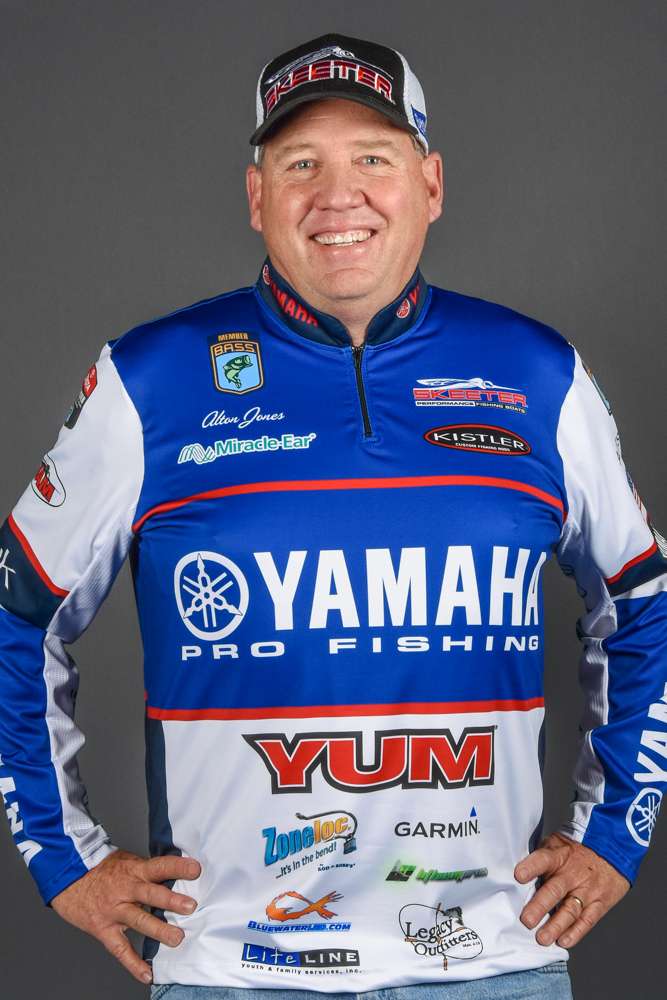
So, I’m visiting some old friends this week — the St. Lawrence River’s smallmouth bass. I had a great time with them in 2015 and came close to winning that Bassmaster Elite Series event, so you can bet I was looking forward to this one for many months.
Actually, the next several weeks will comprise the period of this season that I have most looked forward to. Our northern swing, which includes the remaining three regular season events plus the Toyota Bassmaster Angler of the Year Championship, takes us to some of the nation’s best smallmouth bass fisheries.
That’s a real novelty for someone from Texas because we don’t get to go to these fabulous smallmouth fisheries that often. To get the chance to go up north, beat the southern heat and catch these incredible fish is a rare treat that I intend to thoroughly enjoy.
What I like most about northern smallmouth is their tremendous fighting ability, their abundance and their willingness to bite. That being said, you can’t just go down any stretch of bank with your favorite lure and start catching them; you still have to figure out where they want to be.
Ultimately, it’s the challenge of finding smallmouth that engages me. Once you do dial it in, the action is second to none. On the fisheries where we’ll be the next few weeks, you can catch numbers and quality. Put it this way, a 3-pound average isn’t going to cut it; you need to be in that 3 1/2- to 4-pound range per fish just to get a check.
I’ve found that, while smallmouth have their preferences, the key to finding the big fish is covering lots of water. You need to figure out the depth, you need to figure out their preference for a moving bait or a slow bait — it’s a process of elimination.
The good thing about smallmouth is that they will show themselves in clear water, whether they’re biting or not. So every time I bring up a bait, I’m watching for followers and trying to figure out which presentations are getting the most attention.
By contrast, you may go through an area with good largemouth and if they’re not biting, you’ll never see them. But smallmouth are naturally curious, so no matter what you’re throwing, they’re going to come look at the lure and you’re going to have a chance to look at them.
My strategy is to start with a search bait and one of my favorites is a larger-than-normal swimbait; something that’s almost too big to catch the fish. Even if they don’t eat the bait, showing them something they’ve probably never seen will pique their curiosity.
I’ll also search for smallmouth with a big topwater bait like a Zara Spook. What’s interesting here is that, unlike largemouth bass, sunny and calm are ideal conditions for throwing topwaters for smallmouth.
One reason is that in clear conditions, it’s easier to see the target you’re throwing at, whether that’s a boulder on the bottom or a weed line. Also, the smallmouth really seem to like the sunshine in shallow water.
Once I get the smallmouth to react to my search bait, it’s hard to beat a dropshot for targeting the spot. My favorite is a YUM Warning Shot because it imitates the invasive gobies that have become a major smallmouth food source.
Another effective option is a tube on an exposed jig head. I’ll use a dragging presentation and sometimes I won’t even need my trolling motor, I’ll use the St. Lawrence River current to give the bait a natural appearance in the swift water.
This week, I’ll be using these tactics, as I try to even the score from last year. Finishing second in the 2015 event was good, but I have to admit, it stings. I figured something out, but someone did it a little better.
I am eager to get another crack at these fish because in 2015 I learned something important about this fishery. I’ll hold my cards low on that one, but I’ll leverage this knowledge and hopefully put a bunch of those big smallmouth in the boat each day.

